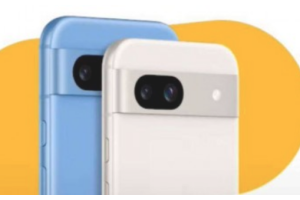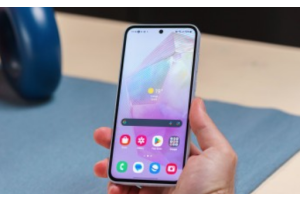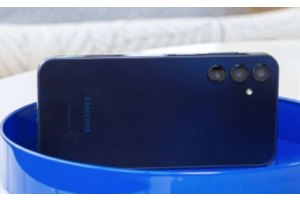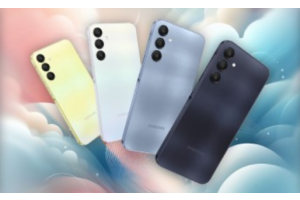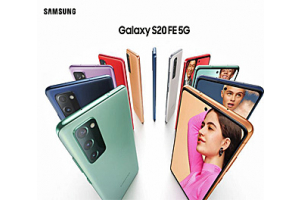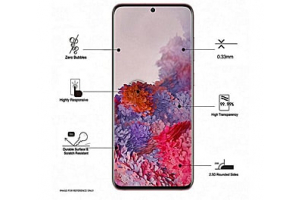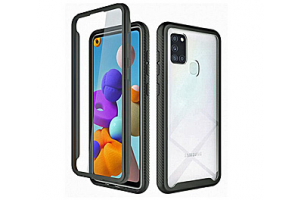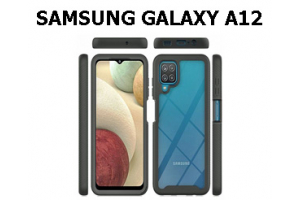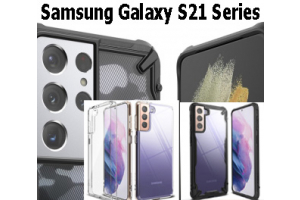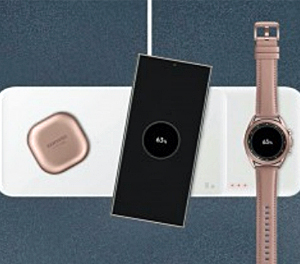
In an technology in which convenience is king, the evolution of era maintains to redefine the way we stay our each day lives. One such innovation that has gained huge traction is wi-fi phone charging. With the UK's popular voltage supply of 230V, the combination of wireless charging technology offers a unbroken and efficient answer for powering our devices. In this article, we delve into the intricacies of wi-fi phone charging in the UK's electrical infrastructure, exploring its blessings, demanding situations, and future implications.
Understanding Wireless Phone Charging
Wireless cellphone charging, additionally referred to as inductive charging, operates on the precept of electromagnetic induction. This method includes the transfer of strength between items thru electromagnetic fields. Within the context of telephone charging, a transmitter coil in the charging pad generates an alternating electromagnetic subject, which induces a cutting-edge in the receiver coil embedded within the smartphone, thereby charging the tool with out the want for bodily cables.
The UK's 230V Supply
The United Kingdom operates on a standard voltage deliver of 230V for home and business electric structures. This voltage level is well suited with the requirements of wireless charging era, making it feasible for big adoption throughout diverse settings, consisting of homes, places of work, and public areas.
Advantages of Wireless Phone Charging
a. Convenience: Wireless charging eliminates the problem of coping with tangled cables and connectors, presenting a hassle-loose charging revel in.
B. Versatility: With wi-fi charging pads turning into increasingly more ubiquitous, users can charge their gadgets at domestic, in cafes, airports, and other public venues prepared with wi-fi charging infrastructure.
C. Durability: The absence of physical connectors reduces wear and tear on tool ports, prolonging the lifespan of smartphones and different electronic gadgets.
D. Aesthetics: Wireless charging pads make a contribution to a muddle-free environment, improving the visible appeal of indoors areas whilst retaining a minimalist aesthetic.
Challenges and Considerations
a. Efficiency: Wireless charging may be less green in comparison to standard stressed out charging methods, resulting in longer charging times and barely higher strength intake.
B. Compatibility: Not all devices are equipped with wireless charging capabilities out of the container. Some can also require using external add-ons or cases to enable wi-fi charging functionality.
C. Cost: While the cost of wi-fi charging pads has decreased through the years, they'll still represent a higher prematurely investment compared to standard charging cables.
D. Interference: Electromagnetic interference from different electronic gadgets or metal objects in close proximity to the charging pad can have an effect on charging performance and reliability.
Future Implications and Innovations
a. Enhanced Efficiency: Ongoing studies and improvement efforts aim to enhance the efficiency of wi-fi charging era, lowering charging instances and energy consumption.
B. Integration with IoT: Wireless charging era is poised to play a vital role inside the proliferation of the Internet of Things (IoT), enabling the seamless powering of clever gadgets and sensors embedded in various environments.
C. Standardization: Efforts to set up common requirements for wireless charging across different device manufacturers will decorate interoperability and streamline consumer revel in.
D. Advancements in Infrastructure: The integration of wireless charging abilities into existing infrastructure, such as furnishings, motors, and public areas, will further facilitate the large adoption of this technology.
Practical Considerations for Consumers
a. Compatibility: Before investing in wi-fi charging pads or well matched devices, clients ought to ensure compatibility with their current smartphones or pills.
B. Placement: Proper positioning of the tool at the charging pad is critical for premiere charging performance. Users should familiarize themselves with the endorsed placement hints provided with the aid of the manufacturer.
C. Environmental Impact: While wi-fi charging offers comfort, users need to understand of its environmental footprint and undertake electricity-green practices to limit electricity intake.
D. Security: As with any electronic tool, users must workout caution whilst purchasing wireless charging add-ons from authentic sources to mitigate the risk of counterfeit products or safety vulnerabilities.
Conclusion
Wireless smartphone charging represents a extensive soar ahead within the realm of comfort and performance, imparting customers a continuing and problem-loose way to power their devices. Within the UK's 230V electric supply device, wi-fi charging technology unearths a well matched and conducive environment for tremendous adoption. As advancements retain to force innovation and standardization, the future of wi-fi charging holds promise for more desirable performance, integration with IoT ecosystems, and a more linked international. Embracing this technology responsibly, consumers can harness its benefits whilst minimizing its environmental impact, paving the manner for a greater sustainable and convenient destiny.


